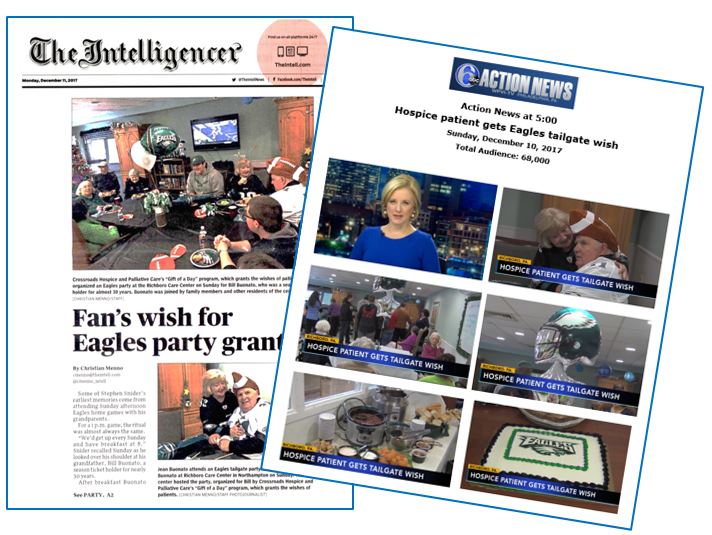Attractively Merchandised Results Can Enhance Client Relationships
As healthcare communicators, one of our primary goals is to deliver high quality deliverables for our clients (or employers) in terms of earned media results: print, broadcast, online and owned media. In addition to simply informing our clients about terrific results, showing the results in a clean, crisp format and as quickly as possible – ideally before they happen to see it themselves – is a powerful way to demonstrate our effectiveness and professionalism while enhancing the client’s brand reputation.
The fact that we are able to achieve noteworthy placements and are willing to make the extra effort to keep our clients informed are critical aspects of any client relationship, and our client’s reputation management. We are continuously reminded that healthcare (and healthcare communications) is a competitive business, so we need to appreciate the urgency of demonstrating proven results – for our own benefit, but also for that of our clients.
Here are some helpful hints to keep in mind when merchandising an earned media result.
Keep it Legal
In any merchandising effort, one needs to be cognizant of copyright restrictions. For a comprehensive discussion of what is allowed and not allowed, you can peruse the U.S. Copyright Office's Fair Use Index. Generally speaking, it is illegal to reproduce copyrighted material in its entirety for print, online or broadcast use without the express written permission of the copyright owner.
That said, there is also a doctrine of “fair use” that has developed over the years as a result of various court decisions (See section 107 of the copyright law). Even so, the distinction between fair use and infringement is not always clear and/or easily defined. There is no specific number of words, lines, or notes that may be used safely without permission. Citing the source of the copyrighted material does not substitute for obtaining permission.
Best bet – be selective in what you choose to reproduce. Try to provide a sense of how the story appears in the paper, on TV, or online, and what makes it significant. If the story appears online, provide a link to give the reader/client the opportunity to enjoy the full impact of the story.
For print placements, scanning the article as a JPEG is a practical way to show what it looks like in “real life.” You can use Photoshop (or Word’s “Format Picture” option) to maximize the quality by lightening the background (newsprint generally appears grayish) and adjusting the contrast to minimize any “dirty” background when the article is presented. The photo can then be copied into a Word document for further editing.
Again, be aware of copyright restrictions. Rather than showing the entire article, strategically use enough of it so the reader can quickly get a taste of it. Provide a summary of the story that hits the highlights that are most important to your client. Then link to the full piece on the publication’s website. Make sure the media source and date are prominent, and if possible, provide information about the total circulation, audience, or other key demographics.
Online
Online earned media results can be handled in much the same way. The idea is to provide an overview of the story and its visual significance, along with a link to the story itself. Whenever practical, we try to reflect the way the story appears online.
Broadcast
Broadcast stories can be tricky to merchandise. Again, the goal should be to give a sense of the story and what it’s about. Keep it to one page. If possible, perhaps insert a handful of screenshots from the broadcast video and laid in an attractive way that help to succinctly tell the story. Make sure to identify the station airing the story, the affiliate, the name/time of the show, the date, and, if possible, the audience reach.
Ideally, merchandising efforts will reflect the same high-quality attention and consideration that goes into achieving the earned media placement itself. Merchandised placements should be powerfully presented, well laid-out, and legible so stories, dates and media sources are clearly discernible.
Make sure it’s legal. Make it interesting. And most importantly, make it attractive and enjoyable to read.
